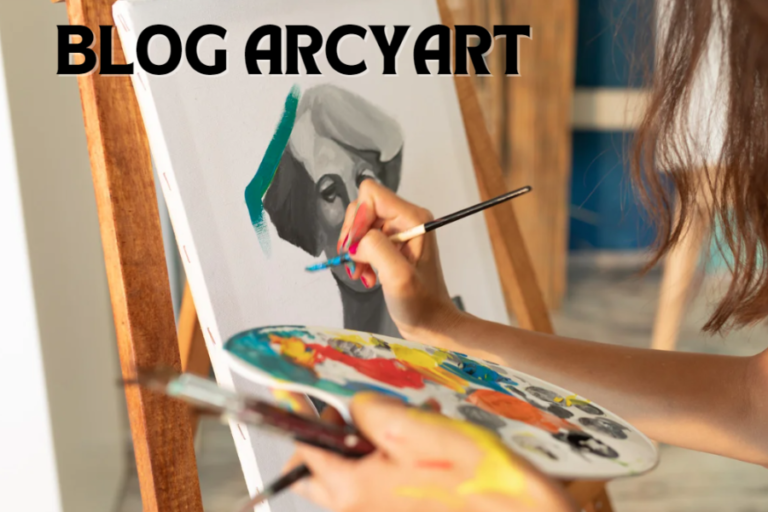Understanding The Rubber Injection Molding Process: A Step-by-Step Guide
Rubber injection molding is a method for making rubber parts, including shoe soles. This guide explains the process step-by-step and highlights the role of the Rubber Shoe Sole Injection Molding Machine.
01. Preparing the Rubber
The first step in the rubber grinding process is to combine the rubber product. That includes mixing with chemical substances to enhance the rubber’s strength. The mixture is then heated and prepared for conferences.
02. Heating the Rubber
Rubber is produced and heated to a liquid or semi-liquid country. This is carried out on an injection molding device. The warmth immediately causes the rubber to flow into the mold.
03. Injecting the Rubber
The melted rubber is then located in molds. The mold is a metallic hollow space that gives the rubber the favored shape. High stress is applied to the rubber to ensure it fills each part of the mildew.
04. Cooling the Rubber
Once the rubber is inserted into the mold, it needs to be cooled. Cooling the rubber hardens it and permits the molds to take shape. This step usually takes several minutes, depending on the dimensions and thickness of the element.
05. Removing the Part
Once the rubber has cooled and hardened, the mold is opened, and a part of the rubber is removed. This detail is now equipped for additional processing or use in products.
06.Inspecting and Finishing
The ultimate step is to analyze the rubber element for defects. If crucial, this could include greater finishing touches such as cutting or portraying.
Types of Rubber Used
Natural Rubber:
Made from latex and used in tires, seals, and products.
Synthetic rubber:
Synthetic rubber is chemically dealt with and used to manufacture hoses, gaskets, and other merchandise.
Silicone rubber:
Known for its warmth resistance, it’s miles utilized in baking beds and clinical devices.
Steps in the Rubber Injection Molding Process
Rubber repair
- Admixtures: Chemical substances were added to beautify the homes of rubber.
- Heating: The mixture is heated to be equipped for the technique.
Rubber heater
- Drying: The rubber is heated until it softens and flows.
- Weight: The softened rubber is positioned in a rolling mill.
Implantation of the rubber
- Packaging: The rubber is located in metal molds beneath immoderate strain.
- Design: The mold shapes the rubber as desired.
Rubber cooling system
- Solidification: The rubber cools and solidifies inside the mildew.
- Time: Depending on the scale of the thing, this step takes numerous minutes.
Removal of the component
- Open: The mildew is opened, and the rubber part is eliminated.
- Inspection: The details are inspected for defects.
Investigation and termination
- Quality: Take a look at the factors that are checked for excellent requirements.
- Other work: Any completing touches which include reducing or portraying are achieved.
Uses of Rubber Injection Molding
This method is used to fabricate car components together with tires and seals. It is also not unusual on household gadgets along with pipes and bedding.The Injection Molding Machine for Making Rubber Products helps in producing these items accurately.
Car Parts: Tires, Seals, Gaskets.
Household items: hoses, rubber mattresses, and kitchen utensils.
Medical Devices: Silicone rubber gloves and implants
Advantages
High accuracy
- Accuracy: Provides uniformly sized rubber parts.
- Intricate Thinking: It may be an elaborate mind and memories.
Sufficient
- Production flexibility: Does more significant elements in less time.
- Fast cycle instances: The technique is enormously fast from beginning to finish.
Consistency
- Uniform Quality: Ensures that each element is uniform in quality and length.
- Reduces waste: Reduces coping with extra and deficiencies.
It’s miles much less steeply-priced
- Economies of scale: It prices fewer elements in line with units as it produces extra.
- Lower exertion fees: The automatic technique removes the want for manual operations.
Easy modifications
- Options: Works with several rubbers, including herbal, synthetic, and silicone.
- Design customizability: You can easily trade the layout by converting the pots
Disadvantages
Increased initial charges
- Cost of molding: Molding can be fantastically priced.
- Equipment Cost: The grinding tool itself is significant funding.
Longer set-up time
- Cloth-making: Setting up and adjusting garments can be time-consuming.
- The first test: Getting the entirety proper requires experimentation and adjustment.
Physical limitations
- Material regulations: Some rubbers might not be suitable for this utility.
- Temperature sensitivity: Some substances may be touchy to operating temperatures.
Procedural policies
- Complex layout: Creating very complex designs can be tricky or high-priced.
- Sizing constraints: Larger parts may additionally require larger molds, increasing costs.
Preservation requirements
- Equipment Maintenance: Equipment wishes regular maintenance for correct operation.
- Maintenance of dishes: Dishes must be maintained to ensure they are best constantly.
Conclusion
Rubber rolling is an efficient and correct technique for manufacturing rubber elements. Once you understand every step, you can admire how this technique contributes to creating extraordinary products for various industries.
This guide offers a basic assessment of rubber injection molding, making it easy to understand the crucial steps.
Stay in touch with us for more updates and alerts! Tamasha.blog






